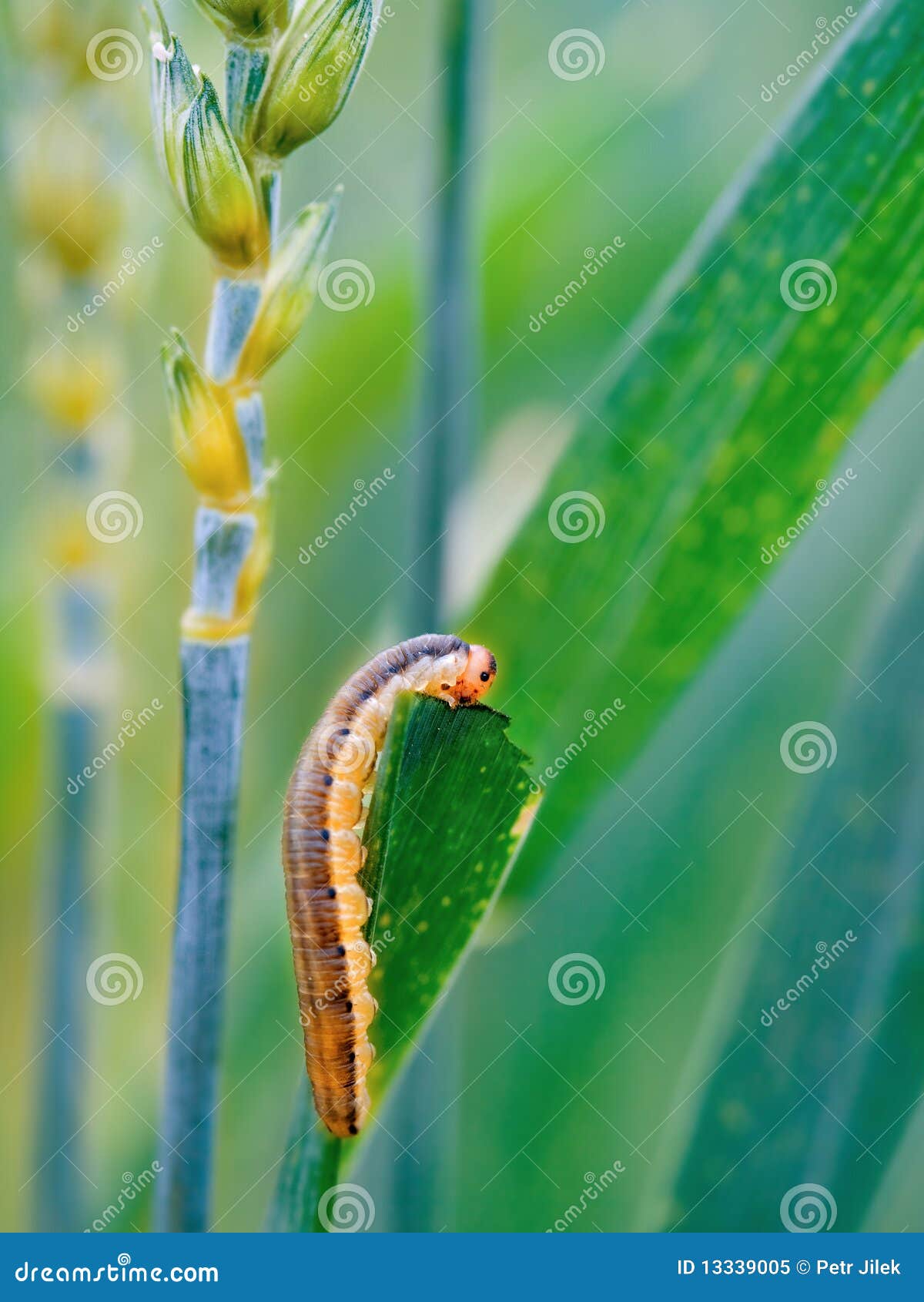


Moreover, the adverse effects of the chemicals have led researchers to search for new control strategies. Sometimes, inadequate application of these chemicals is resulted into the development of resistance in these pests. As per biology of cutworms, these pests remain hidden in cracks and crevices during most of life cycle so chemical control is often ineffective and economic. Efficient chemical control of cutworm may be obtained by adequately applying chemicals when young caterpillars are still on the leaves and therefore vulnerable. This review article is mainly focused on management of cutworm, which is very challenging due to larval hiding behaviour during the day time and feed actively at night. This pest produces vitiating symptoms with a young stage (larvae) by feeding on the epidermis of leaves and eating away parts of the stem, tubers, etc. Cutworms cause substantial damage to many agricultural and horticultural crops particularly, at the seedling stage. The most prominent species belonging to genera Agrotis are Agrotis ipsilon, A. Cutworms ( Agrotis spp.) are cosmopolitan and polyphagous pests distributed throughout world, which belong to the family Noctuidae, and about 26 species are found associated with agriculturally important crops in India and some other countries of world.


 0 kommentar(er)
0 kommentar(er)
